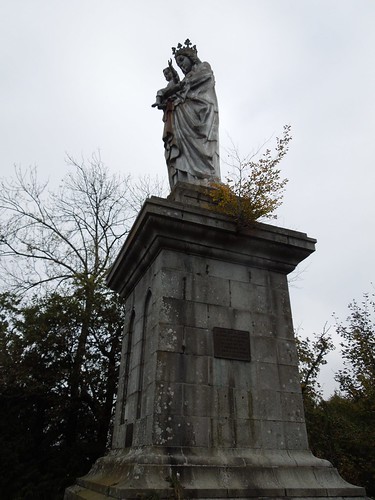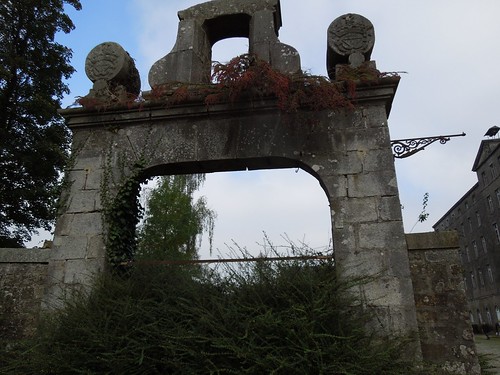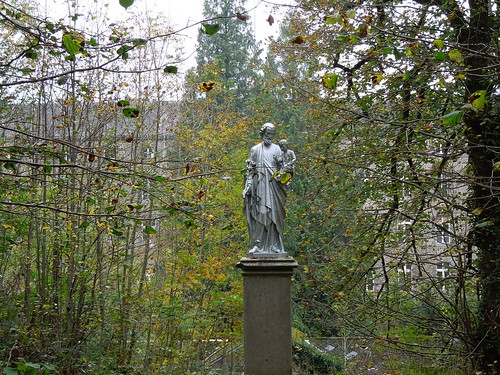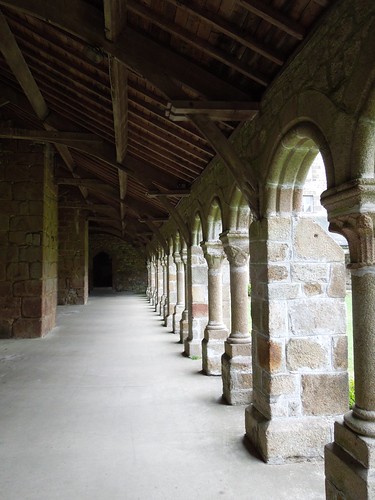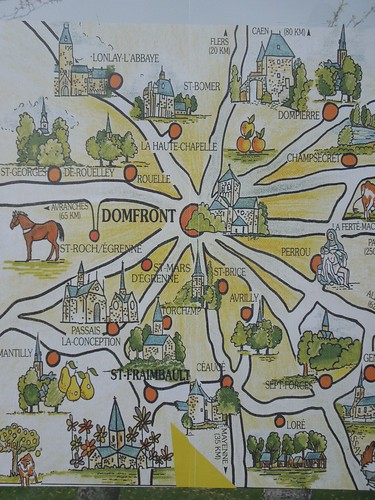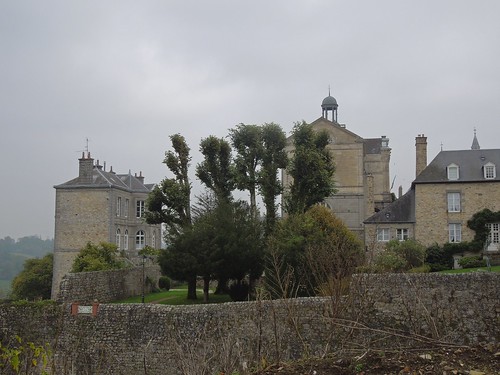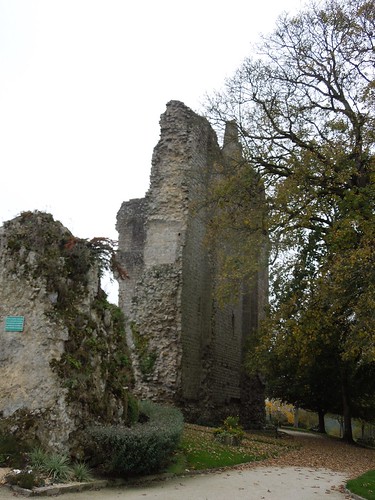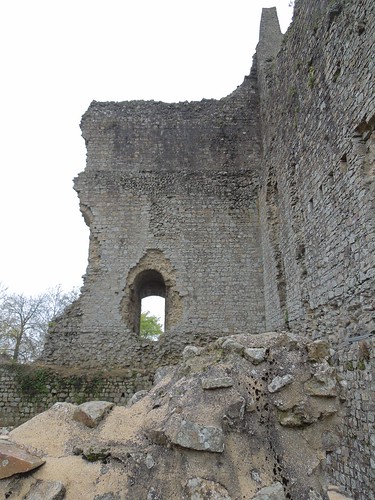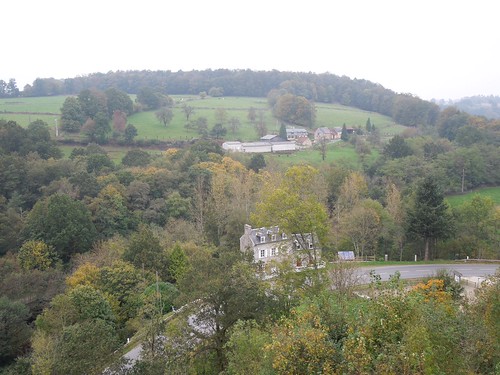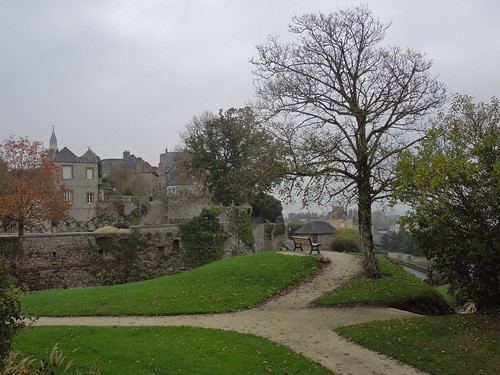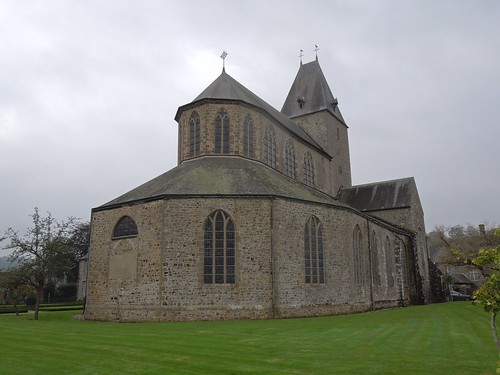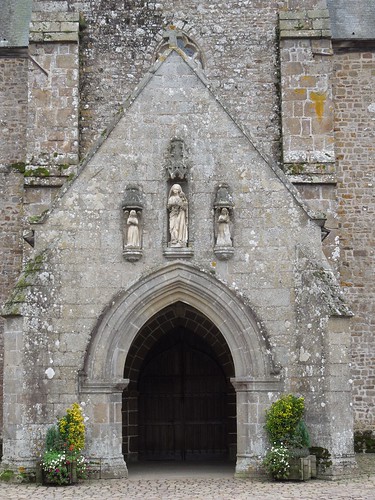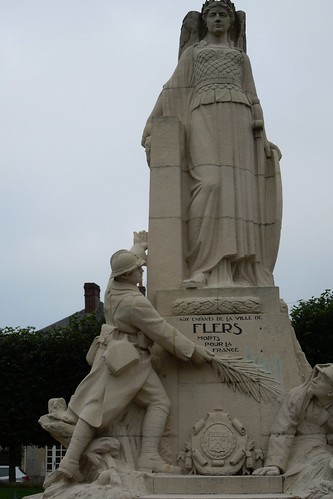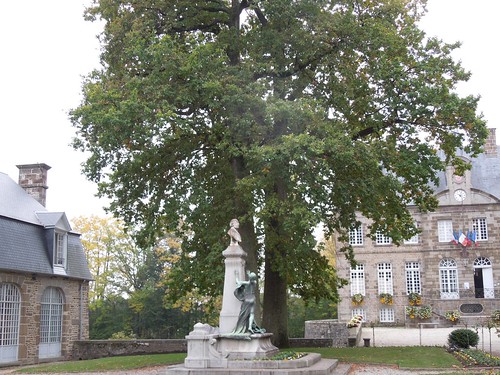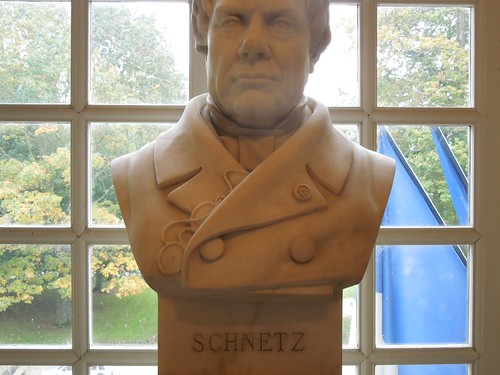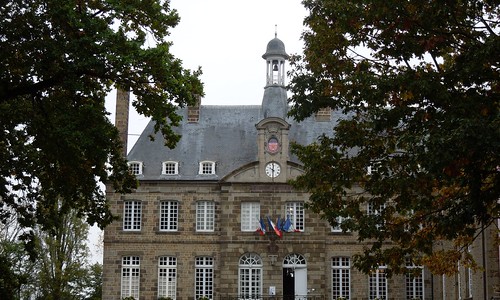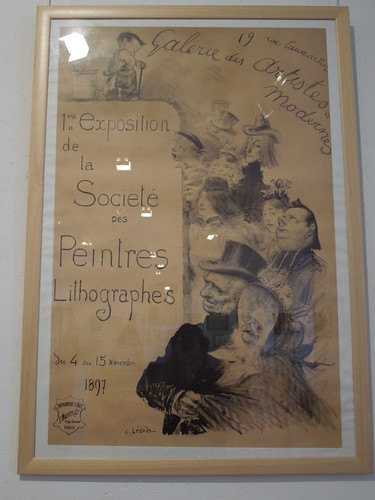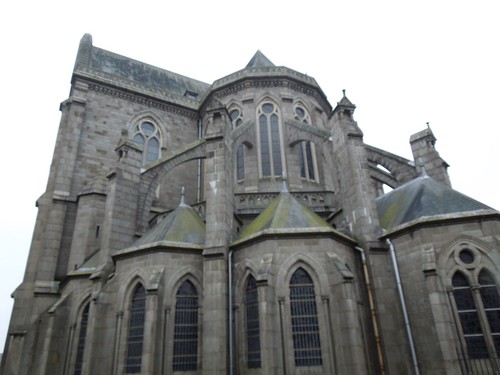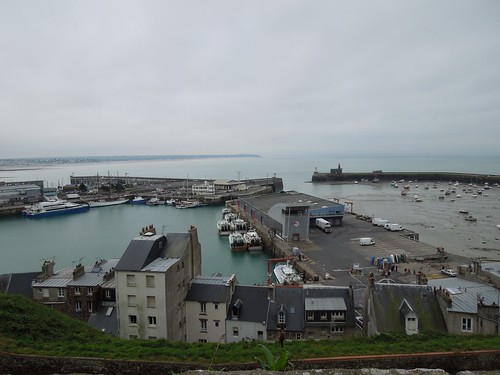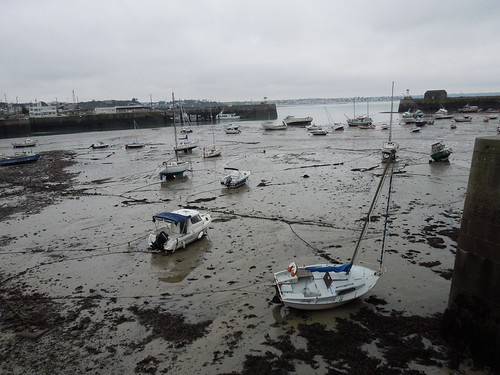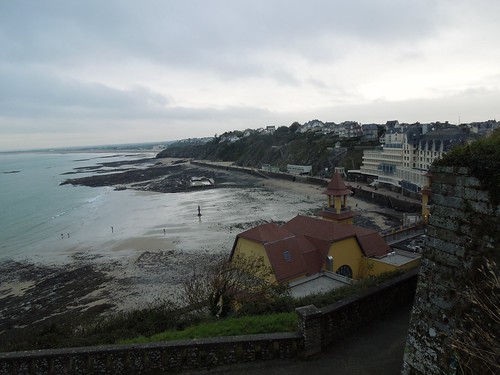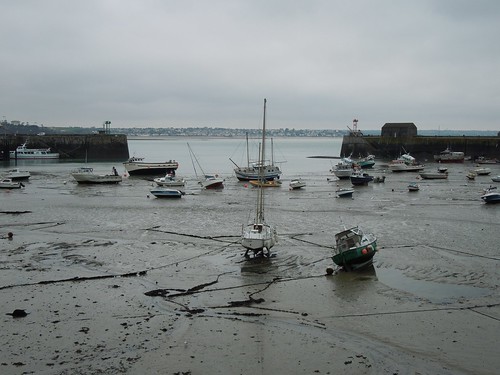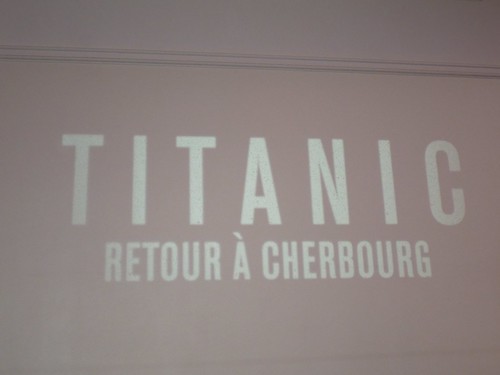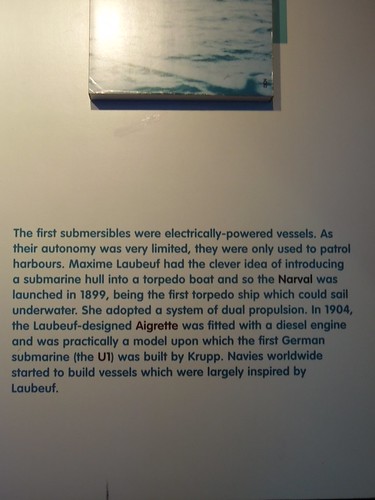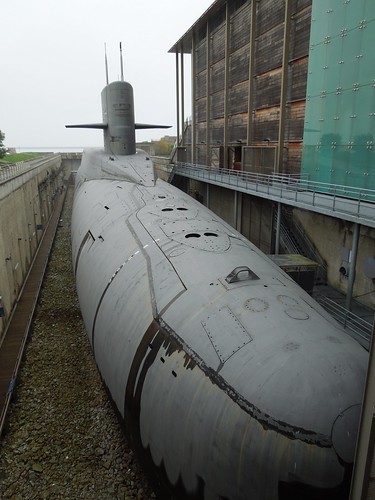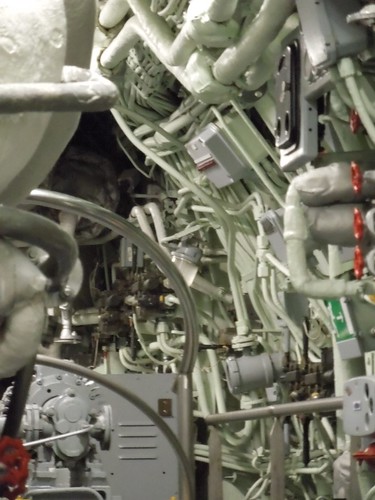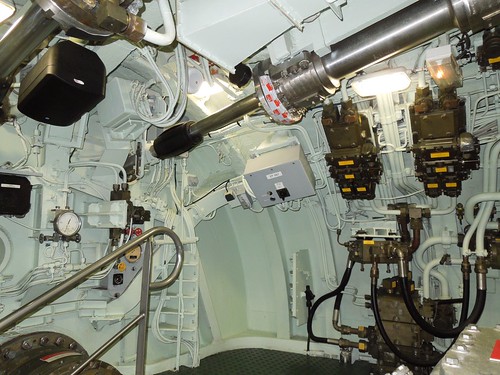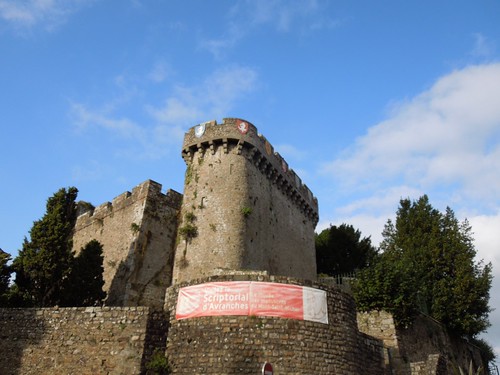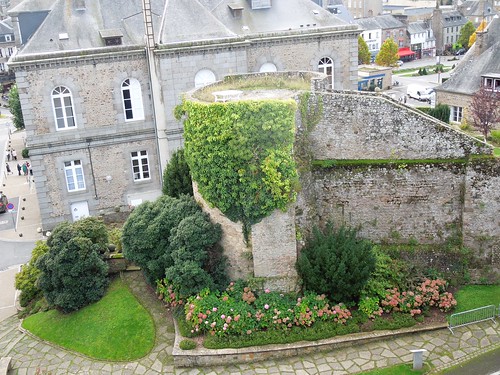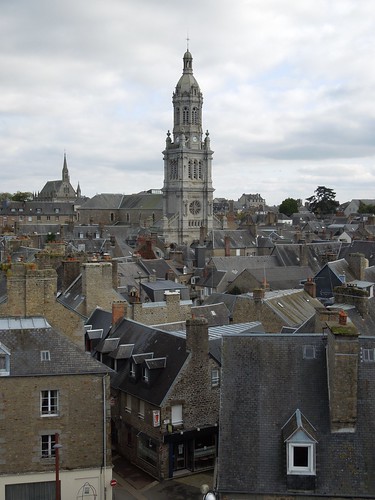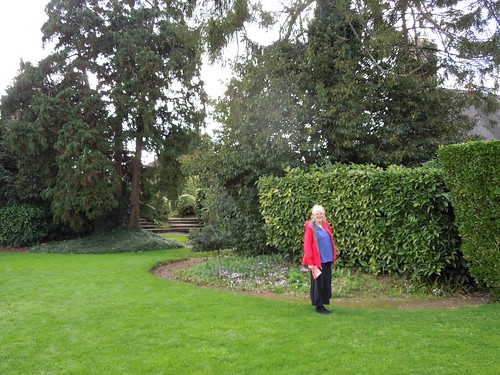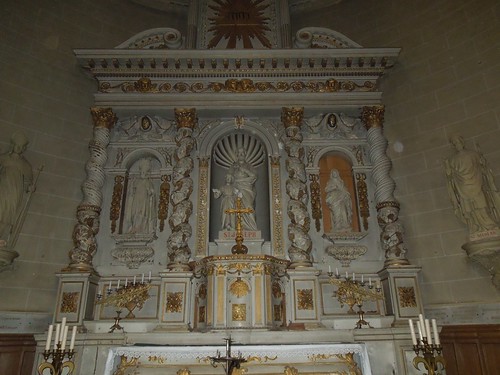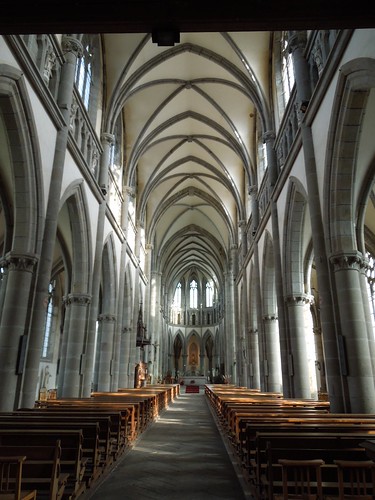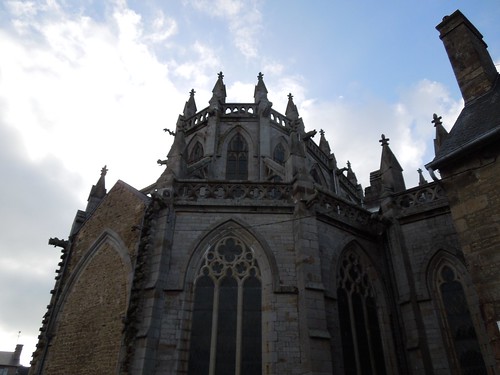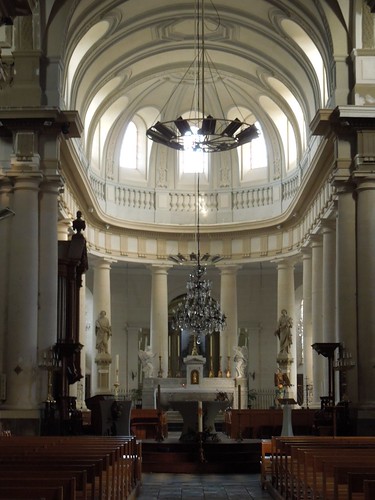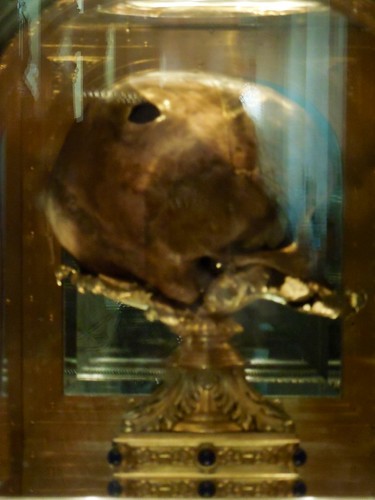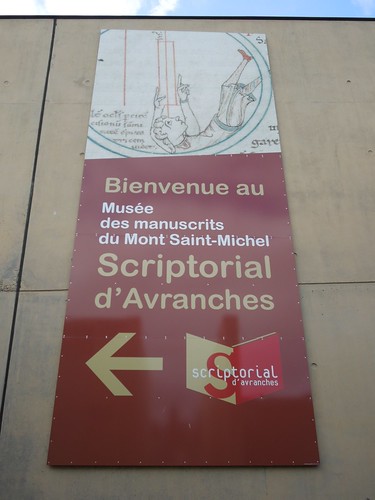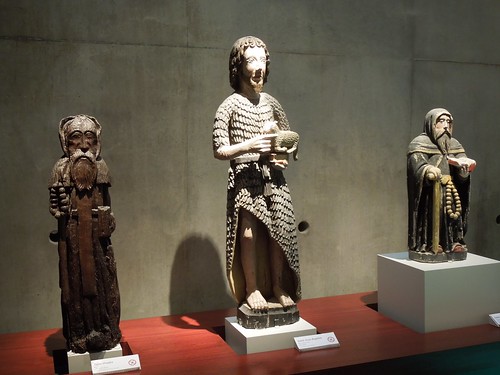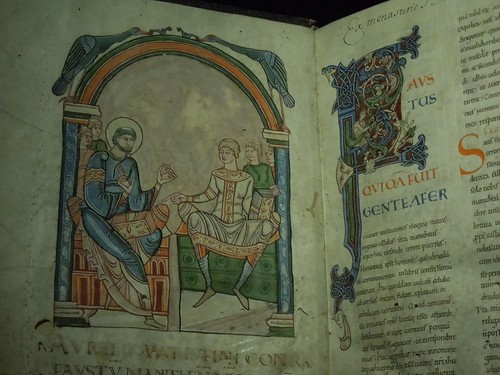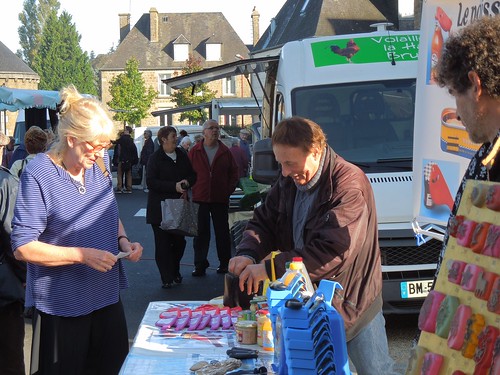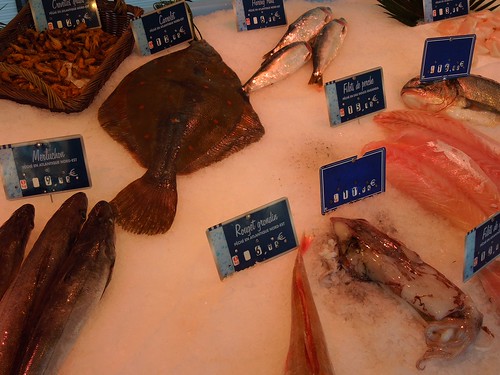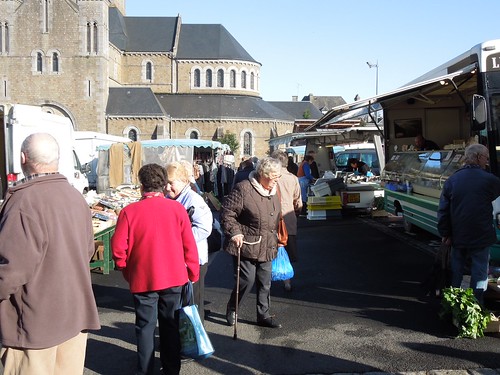We left our house in Normandy, and decided to find smaller villages that have not been "discovered" in Normandy. There are so many options, and each place is steeped in history, that it was difficult to choose.We decided to have a focus - Abbeys and Castles - so we had our plan.
MORTAIN
The origins go back to William the Conqueror, and King of England. Before his famouse Battle of Hastings 1066, his half brother , Robert , was Count of Mortain. The village had at that time been subject to violent revolts and Robert restored it to order. Mortain was the site of an important battle in August 1944. The American 30th Infantry division fought valiantly against the German Panzer unit and preserved the breakout established in Operation Cobra. J.D.Salinger (American Author) fought in this famous battle.
The White Abbey. This was a magnificent treat. The Abbey is partially active, but many of the buildings attached to it are former remnants of their stately lives. We were all alone in the abbey exploring its lush grounds, only imagining what life must have been when it was in its original glory. The Abbey was built in 1180-1205 - the date it was consecrated. Henry II and his brother the Count of Mortain bestowed money in his will in 1182 to have the Abbey built. White Abbey is the most ancient and best preserved cistercian convent in France. The cloisters are the most beautiful part, with their low white spires. The church has magnificent columns of the transept which support the double arches of the ribbed vault. Two bay windows is typically Norman while the gothic style also is present iin the ribbed vault. The sisters left the abby in 1790. The Abbey furniture was sold; the cloister and church were abandoned; and the remaining buildings were used for an old people's home, a handkerchief factory, and some even for Spanish prisoners. The Abbey was sold on two other occasions and until 1970 it was used as a Seminary.
DOMFRONT
The Chateau de Domfront. In 1049 the castle was besieged by William the Conqueror. The Castle had many famous occupants. Henry II, Thomas Becket, Eleanor of Aquitaine, Richard the Lion-Heart, and others on their pilgrimage to Mont St Michel. Eleanor of Aquitaine had her daughter Alienor christened in the chapel of the castle. It was listed as a protected historical monument in 1875.
Domfront is listed as one of the 100 most beautiful villages in France.
LONLAY L'ABBAYE
L'abbaye Notre-Dame-de-Lonlay
The Abbey was founded in 1020 by William 1st of Belleme and generously endowed. The first monks came here from the Benedictine Abbey of Fleuryand had to pray fro Guillaume's soul salavation. A lot of the history of the abbey was lost during the Hundred Years War; in the great fire of 1533, and another fire in 1574 by the Huguenots.
The architecture consists of two types of Romanesque and a Gothic choir. The ediface only contains a small gothic porch, a Romanesque transept and a large gothic chancel remain. Excavations have uncovered the exisgtence of 3 churches that were successively built under the present choir. A small Romanesque church, then two larger Romanesque chancels in the 12th century. The present tower was probably rebuild on the site of the lantern towner after the fire of 1533.
FLERS
Flers in the 10th century the de Flers family headed the barony. In the 11th century two brothers Foulques and Guillaume married two sisters who were "Ladies of Flers". Foulques as a wedding gift was given the seat of the barony of Flers. The Castle, dating from the 12th century was in a fortified location made of wood and stone surrounded by water. There was no damage during the Hundred Years War; it was not a strategic location.
The Castle stands in the middle of a park of 32 acres. The old part of the castle is surrounded by two towers and bordered by moats. The castle's front dates back to the 18th century. The castle became the town hall in 1902 and includes a museum. In 1820 the Schnetz family purchased the castle, which was sold to the town of Flers in 1901. The current exibition was Charles Leandre's (1862 - 1934)political illustrations and caricatures. He published in Le Rive and Le Figaro in comic journals.
